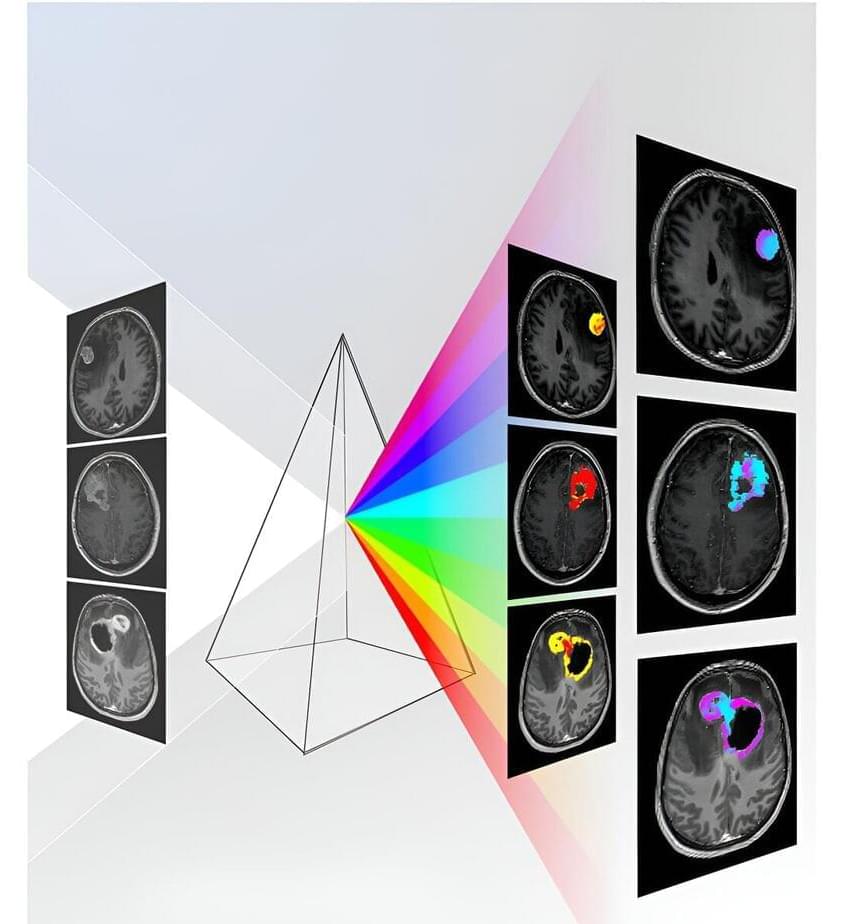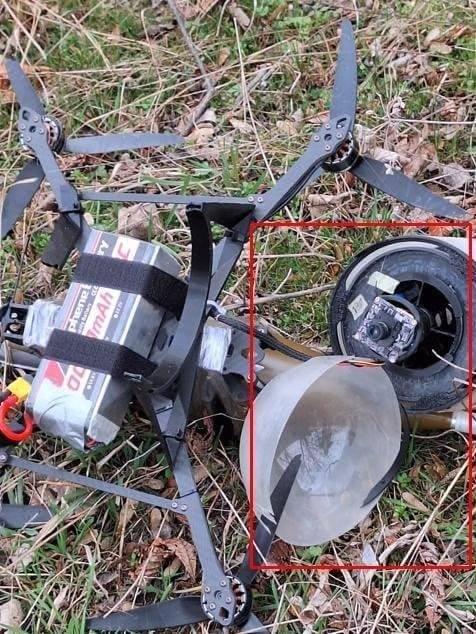This article discusses the risks of ChatGPT and Generative AI innovations are having on sustainability goals and highlights the energy and water consumption risks.



The work, facilitated by the Chicago Quantum Exchange (CQE) and led by a team that includes UD, Argonne, JPMorgan Chase and University of Chicago scientists, lays groundwork for future applications—and highlights the need for cross-sector collaboration.
The third category, stochastic modeling, is used across the sciences to predict the spread of disease, the evolution of a chemical reaction, or weather patterns. The mathematical technique models complex processes by making random changes to a variable and observing how the process responds to the changes.
The method is used in finance, for instance, to describe the evolution of stock prices and interest rates. With the power of quantum computing behind it, stochastic modeling can provide faster and more accurate predictions about the market.
According to Safro, one of the things that makes the field and ongoing research in this area exciting is the unknown.

At the brink of a new phase of the industrial revolution, the Navigating the Industrial Metaverse: A Blueprint for Future Innovations report draws on insights from over 150 experts, advocating for a responsible approach to metaverse innovation that balances economic growth with sustainability and human-centric values.

Organic materials discovered on Mars may have originated from atmospheric formaldehyde, according to new research, marking a step forward in our understanding of the possibility of past life on the Red Planet.
Scientists from Tohoku University have investigated whether the early atmospheric conditions on Mars had the potential to foster the formation of biomolecules – organic compounds essential for biological processes.
Their findings, published in Scientific Reports, offer intriguing insights into the plausibility of Mars harboring life in its distant past.


Jointly developed by investigators of the Vall d’Hebron Institute of Oncology’s (VHIO) Radiomics Group and the Bellvitge University Hospital’s Neuroradiology Unit, the Diagnosis in Susceptibility Contrast Enhancing Regions for Neuroncology (DISCERN) is an open-access deep learning tool based on the training of patterns using artificial intelligence models from information of standard magnetic resonance imaging (MRI).

More than a dozen state attorneys general (AGs) are accusing banking titan Wells Fargo of abruptly terminating customers’ accounts without warning.
In a letter addressed to Wells Fargo CEO Charles Scharf, 16 Republican AGs across the country accuse the trillion-dollar lender of debanking customers in a political and discriminatory manner.
The AGs say Wells Fargo has started a new trend that looks at clients’ political views as a basis for retaining banking access.

Models Large Language Model Agents and swarms thereof as computational graphs reflecting the hierarchical nature of intelligence.
Graph optimization automatically improves nodes and edges.
V/ @SchmidhuberAI #AI #LLM
🐝: LLM agents as Graphs. Contribute to metauto-ai/GPTSwarm development by creating an account on GitHub.

How LLM #AI can make a patient-friendly— more understandable, more concise— hospital discharge summary for patients.
Generative artificial intelligence to transform inpatient discharge summaries to patient-friendly language and format.
This cross-sectional study, as part of a larger project to improve care delivery in our health system, was deemed exempt from institutional review board review based on the NYU Langone Health self-certification protocol. The study followed the Strengthening the Reporting of Observational Studies in Epidemiology (STROBE) reporting guideline.
This was a cross-sectional review of 50 inpatient discharge summaries. The number 50 was chosen a priori based on feasibility. We used Epic Systems reporting workbench to export a dataset containing metadata for all notes of the Discharge Summary Note type across NYU Langone Health Systems from June 1 to 30, 2023, totaling 5,025 summaries. We used the Excel 2016 rand() function (Microsoft Corporation) to generate a random number corresponding to each note and selected the 200 notes with the lowest random number. A single reviewer confirmed the identified notes were actual discharge summaries written by the General Internal Medicine service and that the patients were not discharged as dead. For final inclusion in the study, we selected 50 of the remaining notes with the lowest random numbers. Our sample included discharges from all of NYU Langone’s hospital campuses and did not include more than 1 discharge from any single patient.